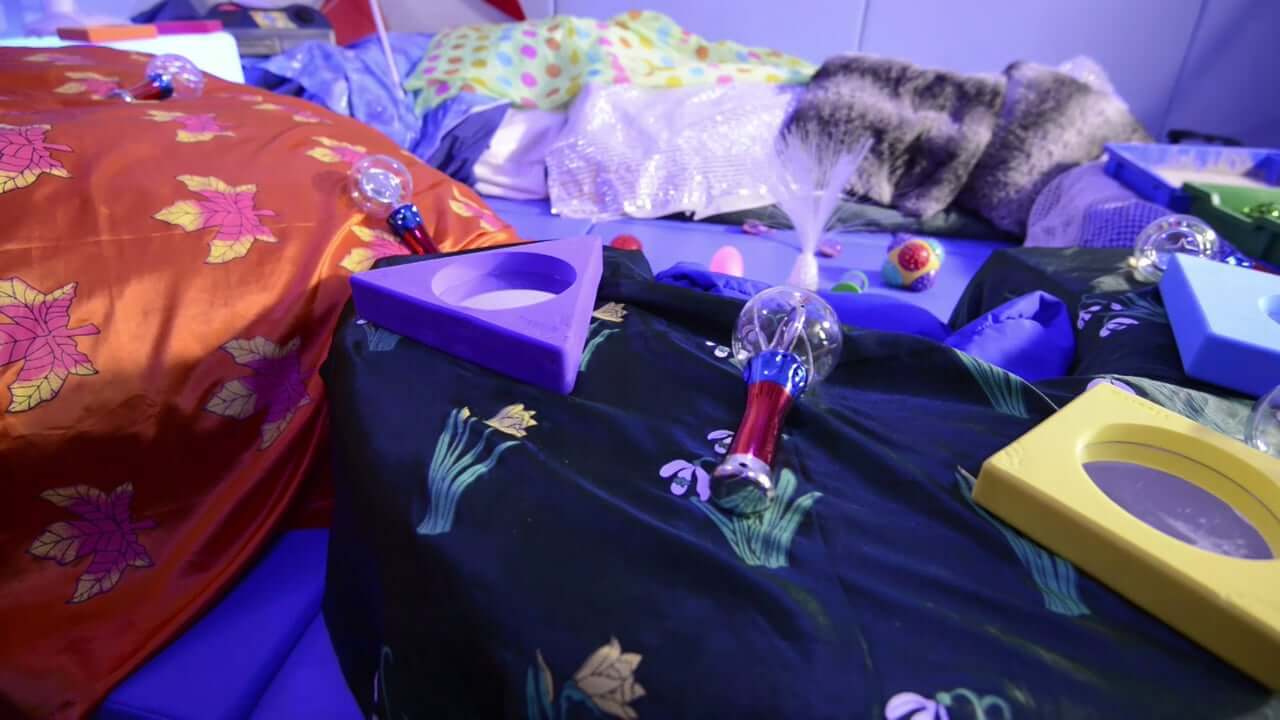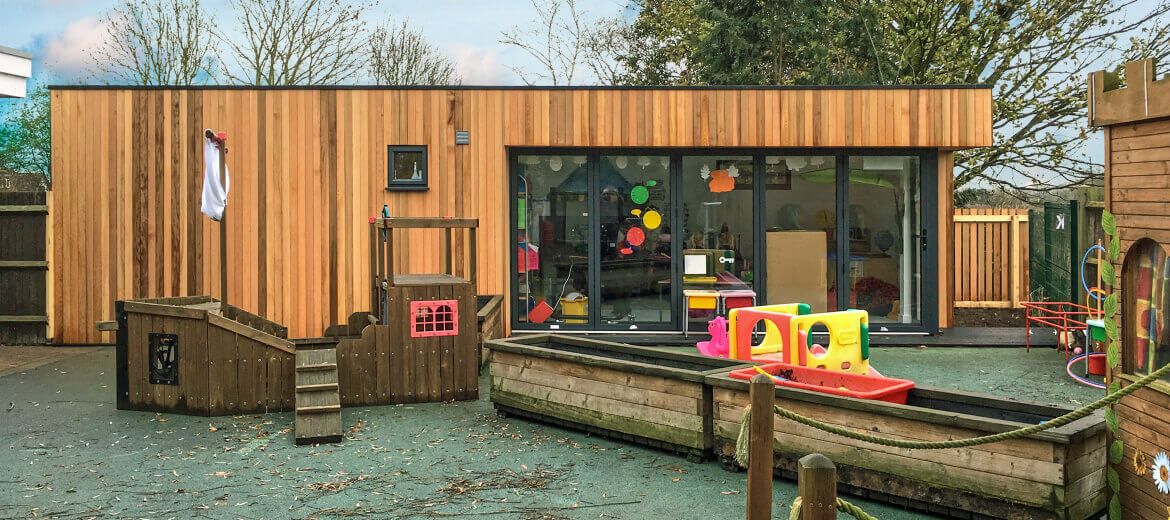
HOW SENSORY ROOMS IN SCHOOLS CAN HELP STUDENTS
Schools can be noisy, busy places. For some, the sheer volume of stimuli can all get too much, making the school environment a stressful and disturbing place at times. The creation of sensory rooms in schools is a practical and effective way to provide calming and safe spaces for pupils with autism and other special educational needs.
WHAT IS A SENSORY ROOM?
A sensory room is a quiet space dedicated to stimulating, developing and relaxing the senses. Unlike a school classroom, where children are usually expected to watch and listen to the teacher, a sensory room allows pupils the freedom and autonomy to explore the environment for themselves, in their own time, using all of their senses. The décor of a sensory room might include low lighting and adjustable lighting projections, fibre optics, mirrors and bubble tubes. It will typically contain a choice of comfortable places to sit, a variety of interesting objects to examine, and it might also feature sounds and soft music.
Sensory rooms in schools are still far from the norm, especially in mainstream schools, but they have an important role to play for many children.
- They provide a therapeutic environment for children with autism and other special educational needs
- Sensory equipment can be used to develop a range of physical skills
- The sensory room can act as a calming space for pupils experiencing emotional or behavioural difficulties
- Sensory rooms can help children learn to manage their emotions in a controlled environment, without feeling they are being isolated or punished
- Sensory rooms are also an ideal location for ELSA sessions and for therapy and counselling.
WHICH PUPILS CAN BENEFIT FROM A SENSORY ROOM?
Schools need to weigh up the benefits of providing extra resources such as sensory rooms. To many, they might seem like an optional extra – the cherry on the cake, rather than an essential teaching aid. But while there may be many worthy candidates for consideration when dividing up the (limited) budget and allocating space, the case for sensory rooms in schools is in fact a strong one, especially if the school has a significant number of pupils with special educational needs.
CHILDREN ON THE AUTISM SPECTRUM
There are an estimated 1 in 100 people on the autism spectrum in the UK – so a school with 500 pupils is likely to have 5 or more pupils with autism at any one time. While autism affects every individual differently, difficulty processing sensory information is a common characteristic of the condition. Sensory issues can either involve hypersensitivity – where too much stimulus is difficult to cope with – or hyposensitivity, where pupils don’t experience the same level of intensity as others. Sensory rooms in schools can help autistic children to deal with all kinds of sensory sensitivities in a relaxing and calming yet stimulating environment.

STUDENTS WITH LEARNING DIFFICULTIES
Learning doesn’t just have to happen in the classroom. In fact, for many pupils with learning difficulties, that’s an environment highly unsuited to absorbing and digesting information. A sensory room, on the other hand, can enable pupils to develop at their own pace. Furnished with equipment such as mirrors, bean bags, cushions, mats, lights and tactile toys, a sensory room can provide a unique and stimulating learning environment that allows many children to thrive.
All of us have different learning styles: some might understand new information better if they can absorb it visually, while others might require a more hands-on approach (tactile learning). Because of its multi-sensory approach, a sensory room can cater for all of these individual learning styles, providing education that is tailored to students’ needs.
CHILDREN WITH DEVELOPMENTAL DELAYS OR SENSORY IMPAIRMENTS
With 19.5% of the school population on SEN support, every school has a responsibility to support this diverse group of students, providing the facilities they need to get the most out of their education. Special education needs come in many forms, but sensory rooms can adapt and cater for a wide range of learning needs and physical requirements.
A sensory room provides physical and mental stimulus for children with physical disabilities, developmental delays and sensory impairments. For children with physical disabilities, interaction with sensory stimuli can help them to develop their sight, sound, touch and hearing, as well as encouraging independence.
The use of sensory equipment can help children to develop and practise a range of skills including:
- hand-eye coordination
- fine and gross motor skills
- colour recognition
- communication
- sensory skills
PUPILS WITH BEHAVIOURAL ISSUES
Dealing with behavioural issues can be a challenge, but sensory rooms in schools are an effective and chilled-out way to work with children on regulating their behaviour. The calming environment allows pupils to work through any difficult emotions in a safe and supportive space, together with a member of staff. Handling behavioural issues in this way improves focus in the classroom, which has a knock-on effect on the rest of the school population. In this way, sensory rooms in schools are beneficial for everyone.
Schools don’t have to wait until behaviour is a problem before resorting to the sensory room, of course. The sensory room can be a place with positive associations that is available for use by all pupils, whether they’re developing their skills or simply seeking a place to chill. A sensory environment is also the ideal place to provide emotional support to the whole school population and help young people to develop their emotional intelligence, perhaps in timetabled ELSA sessions.
Finding a suitable space

Most schools are short of space. So where can a sensory room be situated? An ideal solution is a quiet, separate outdoor modular building, based away from the noise and activity of the main school building. Quick and practical to install on existing school grounds, modular sensory rooms can enable every school to accommodate autistic students and others with SEN through the installation of sensory environments.
Find out more about building dedicated SEND spaces or a modular sensory room for your school, contact us today for a free consultation.
